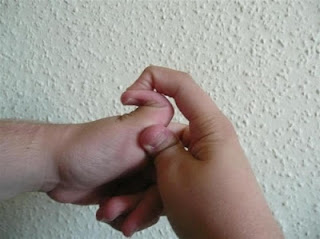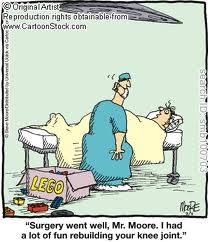Ehlers–Danlos syndrome (EDS)

What is it? It is a group of inherited connective tissue disorders, which affects the formation of type I and III collagen. The syndrome is named after Edvard Ehlers from Denmark and Henri-Alexandre Danlos from France as they found that it affected the collagen. What is collagen? Collagen is an important in the skin, joints, muscles, ligaments, blood vessels and visceral organs. It gives these tissues their strength and the collagen in connective tissue helps tissues resist deformation. So what happens to these tissues in Ehlers-Danlos syndrome? Basically the abnormal collagen makes everything more elastic and weaker in structures that have collagen. Obviously this will depend on the type of EDS. Classifications: (These are the main types but there are more than just these) Classical types 1 & 2: Type 1 presents with severe skin involvement, and type 2 with mild to moderate skin involvement. It affects 1 in 20,000 to 50,000 people a


